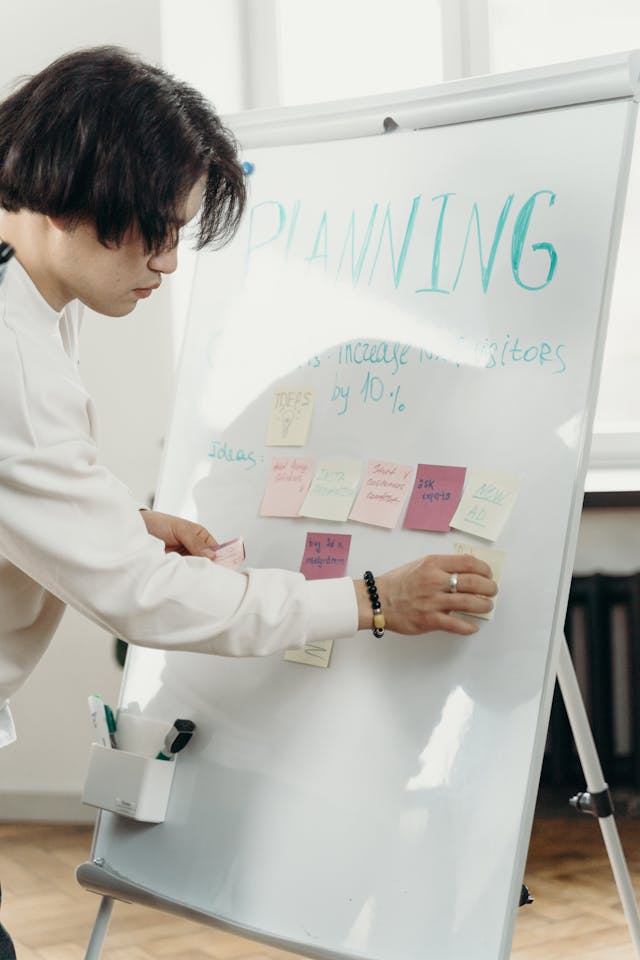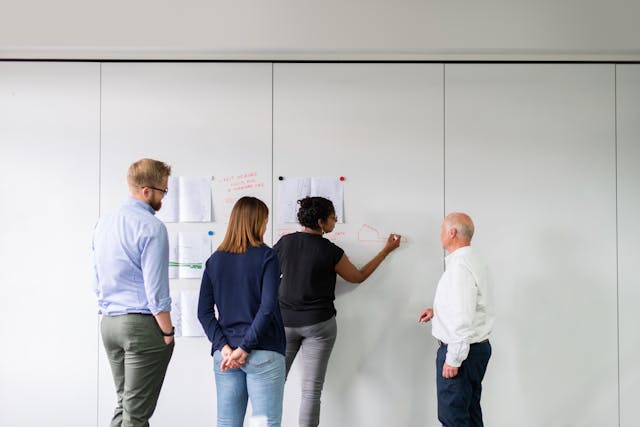Introduction
PPP for Long-Term Development is a crucial concept in global economic strategy, where Public-Private Partnerships (PPPs) serve as a catalyst for delivering essential infrastructure and public services through collaborative frameworks. Governments worldwide are increasingly recognizing the need to engage the private sector to bridge the financing and delivery gaps in critical development sectors. By aligning the goals of both the public and private sectors, PPPs offer a structured yet flexible mechanism to deliver sustainable, long-lasting solutions that align with national development strategies and international frameworks like the United Nations Sustainable Development Goals (SDGs).
This course is designed for policymakers, government officials, private sector executives, project managers, and development professionals who aim to implement or manage PPPs that contribute to long-term development outcomes. Whether you are involved in infrastructure, healthcare, education, utilities, or urban development, this program provides the knowledge and tools to harness PPPs for sustainable growth.

What is PPP and Why It Matters for Long-Term Development
A Public-Private Partnership (PPP) is a contractual agreement between a public agency (central or local government) and a private entity. The core purpose is to finance, design, implement, and operate infrastructure or services traditionally provided by the public sector. These partnerships can vary in structure, but they typically involve the transfer of risk, responsibility, and investment from the public to the private sector under conditions that ensure mutual benefit.
Long-term development requires stable, resilient, and sustainable systems. Traditional public procurement often struggles with inefficiencies, limited budgets, and slow innovation. PPPs help overcome these barriers by integrating private sector capabilities—such as financing, efficiency, and technology—with the public mandate to ensure equitable access and accountability.
Course Objectives
By the end of this course, participants will:
- Understand the fundamentals and various models of PPPs.
- Analyze how PPPs contribute to long-term national and regional development strategies.
- Assess legal, financial, and operational frameworks for successful PPP implementation.
- Identify and manage risks in long-term PPP projects.
- Design and evaluate sustainable PPP projects aligned with SDGs.
Understanding the Foundations of PPP
While the Logical Framework Approach has existed for decades, its application and relevance continue to evolve. The current development landscape calls for more adaptive, inclusive, and integrated planning models, and LFA is adapting to meet those needs.
Key Features of PPPs
PPPs are defined by specific characteristics that distinguish them from traditional procurement and outsourcing:
- Long-term contractual agreement
- Risk sharing between public and private sectors
- Output-based performance indicators
- Private financing with public oversight
- Innovation in service delivery
Models of PPP
- Build-Operate-Transfer (BOT)
- Design-Build-Finance-Operate (DBFO)
- Lease-Develop-Operate (LDO)
- Joint Ventures (JVs)
- Concession Agreements
Each model has advantages depending on the project type, capital requirements, and regulatory context. Understanding these variations is essential for selecting the most suitable structure for long-term projects.
PPPs as a Vehicle for Sustainable Development
Public-Private Partnerships are not just about efficiency and financing—they are increasingly used to fulfill long-term development goals, including:
Economic Growth
PPPs in infrastructure (e.g., transportation, energy, telecom) enable trade, reduce transaction costs, and generate employment. They act as a multiplier by attracting further investment and stimulating local industries.
Social Development
PPPs in healthcare, education, and water supply services improve the quality, accessibility, and efficiency of basic services. They help reduce inequality by reaching underserved communities.
Environmental Sustainability
Modern PPPs incorporate green technology, renewable energy sources, and sustainable construction methods. This makes them powerful tools for climate resilience and responsible resource use.
Sector-Specific Applications
Infrastructure
Transportation systems such as highways, metro lines, ports, and airports are frequently developed through PPPs. These projects typically require substantial investment and long timelines, making the PPP model ideal due to its long-term commitment structure.
Health and Education
PPP models in health may involve hospital construction, equipment procurement, telemedicine platforms, and managed service agreements. In education, PPPs may support digital learning, build schools, or improve curriculum delivery.
Energy and Water
Renewable energy projects like wind and solar farms often rely on private investment backed by public regulatory frameworks. In water management, PPPs enable efficient water treatment, desalination, and delivery systems.
You may also be interested in other courses in the Humanitarian and International Development
Legal and Regulatory Frameworks for Long-Term Success
A strong legal foundation is vital for PPP success. This course examines international best practices and national legislation models that support long-term partnerships. Key considerations include:
- Clear definitions of roles and responsibilities
- Transparent procurement processes
- Enforceable contracts
- Fair dispute resolution mechanisms
- Policy alignment with long-term national strategies

Financing Mechanisms for PPP Projects
Financing is a critical element of PPPs. This course covers:
Sources of PPP Financing
- Private capital
- Multilateral development banks (MDBs)
- Public guarantees and subsidies
- Blended finance instruments
Financial Models
- User-pay models (e.g., toll roads, utility tariffs)
- Availability payments (e.g., shadow tolls, fixed periodic payments)
- Viability gap funding for socially important but financially non-viable projects
Participants will learn how to develop bankable projects and how to attract investment without compromising public interest.
Global Case Studies in Long-Term PPP Development
Participants will analyze successful and failed PPPs to extract lessons on what works and what doesn’t. Examples include:

- The London Underground PPP (UK) – Lessons in risk allocation and governance.
- Noor Solar Complex (Morocco) – A model for renewable energy PPPs in developing countries.
- Health PPPs in Lesotho and Kenya – Contrasts in affordability, accessibility, and government oversight.
- Smart City PPPs in India – Innovations in urban planning and digital governance.
Who Should Attend
This course is ideal for:
- Government officials in planning, finance, and infrastructure departments
- Project finance professionals and investors
- Urban and rural development planners
- Executives in engineering, healthcare, and education sectors
- NGO leaders and development consultants
Methodology
The course uses a blended approach:
- Interactive lectures
- Hands-on case studies
- Group simulations
- Financial modeling exercises
- PPP policy design workshops
Participants will leave with practical templates, risk assessment tools, and planning frameworks.
Monitoring, Evaluation, and Performance Metrics
A PPP’s success hinges on continuous performance evaluation. Long-term development impact must be tracked using:
- Key Performance Indicators (KPIs)
- Service Level Agreements (SLAs)
- Third-party audits
- Public feedback mechanisms
- Sustainability benchmarks
Participants will learn how to align performance monitoring with national development indicators and the SDGs.
Stakeholder Engagement and Social Impact
Engaging communities, civil society, and end-users is crucial for project acceptance and success. This course emphasizes:
- Participatory planning approaches
- Transparency and communication
- Equity in service access
- Cultural sensitivity in project design
Social impact assessments and feedback loops are essential to ensure that PPPs are not only economically viable but also socially inclusive.
Outcome for the Course Sponsor
By sponsoring this course, your organization will contribute to the professional growth of public and private sector leaders who can plan and execute sustainable PPPs that align with your country’s long-term development vision. You will also gain visibility as a supporter of innovation, resilience, and economic transformation in both local and global contexts.









